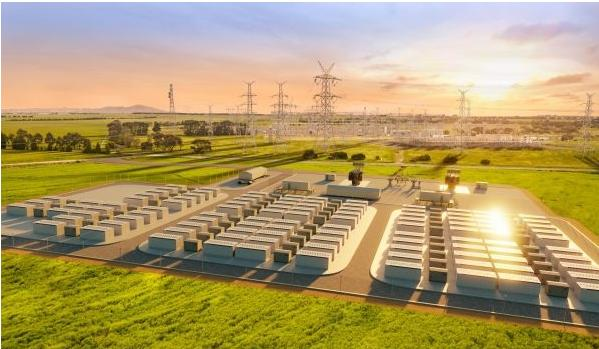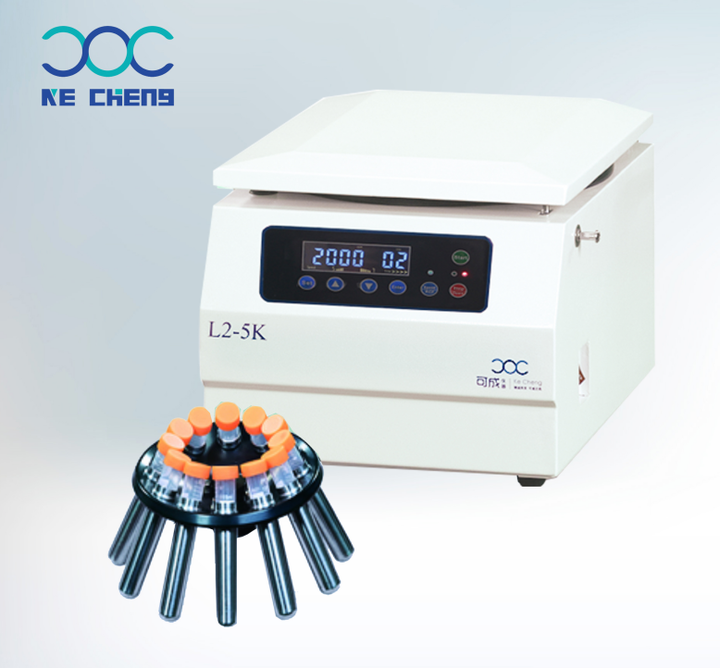American ESA Releases Sustainable Energy Storage Supply Chain Policy
Guide
The Energy Storage Association of America (ESA) has released a sustainable
energy storage supply chain policy guide for building ESG (environmental, social
and governance) compliant energy storage supply chain policies.
Lithium-ion batteries are primarily deployed in electric vehicles and
stationary grid-connected BESS, but are under scrutiny for potential ESG risks
associated with labor conditions and environmental impacts in their supply
chains. The American Energy Storage Association cites a study by the Electric
Power Research Institute (EPRI) that defines three major issues facing the
lithium-ion battery supply chain.
-In total, 50 percent of the global cobalt supply comes from the Congo.
Fifteen to 30 percent of that cobalt comes from small mines where working
conditions are harsh and threaten personal safety.
-The mining and processing of lithium has a significant environmental
impact.
-The extraction, processing, transportation and manufacturing phases of
lithium-ion battery production produce significant amounts of greenhouse
gases.
This guide published by the American Energy Storage Association focuses on
establishing supply chain policy goals, developing assessment methods,
evaluating policy options, codifying and implementing supply chain policies, and
measuring and communicating progress toward goals. SES Power believes that this
very accurately defines the root, easily overlooked key points of the
lithium-ion battery industry that will effectively protect the planet's
environment.

A: Establishing supply chain policy goals
The American Energy Storage Association says that energy storage system
integrators or developers that do not meet ESG policies need to cover a range of
ESG topics in order to establish their supply chain policy goals. Energy storage
vendors that already have some ESG policies in place can prompt suppliers to
establish corresponding goals by incorporating the requirements of the
policies.
B: Develop an assessment methodology
After setting ESG goals, energy storage vendors must develop methods to
assess progress toward those goals. The scope and rigor of the supply chain
analysis depends on the nature of the goals and the position of the energy
storage vendor in the value chain.
Direct observation and assessment of the energy storage vendor's supply
chain can provide important information, but may require additional resources to
accomplish effectively.
On the other hand, an energy storage vendor's reliance on reporting from
intermediate suppliers can reduce the resource burden of assessing the progress
of a target, but can limit its visibility into the supply chain. However, energy
storage vendors with robust, reliable and accountable supply chain policies can
reinforce the value of accountable supply chain policies throughout the supply
chain system. These policies rely on internationally recognized, established
standards and audit protocols that can simplify the implementation process and
reduce the cost of implementing responsible supply chain policies.
C: Develop and implement responsible supply chain policies
To effectively implement responsible supply chain policies, energy storage
vendors and their internal stakeholders must embed the policies in their daily
management processes, rather than refer to them occasionally or as an
afterthought. They must communicate their policies to external stakeholders such
as suppliers. They should also fulfill commitments to avoid or mitigate adverse
consequences of supplier actions.
Energy storage vendors can also provide a code of conduct for suppliers in
their dealings with purchasing companies and should also include implementation
details in bid requests (RfPs) and contracts that are omitted from commitments
and codes of conduct, according to the American Energy Storage Association.
Policy implementation should also include a process for periodic or ongoing
reconsideration and updating of the policy.
D: Communicating Progress Toward Goals
Most large public companies report their ESG progress in their annual
reports. However, these reports are intended for ESG investors and may not
provide detailed information on compliance with supply chain policy objectives.
Responsible supply chain policies that address labor working conditions and
local environmental impacts have qualitative results that do not change from
year to year and are less relevant in the annual report format. However, supply
chains change over time and supply chain policies should change with the market.
Therefore, regular monitoring and reporting is necessary.
Responsible supply chain policies are commonplace in energy storage, but
not universal. Energy storage vendors should develop responsible supply chain
policies that improve the safety and sustainability of the energy storage
industry and reflect their corporate goals.
A record 3.51 GWh of energy storage systems were installed in the U.S. in
the third quarter of 2021, Wood Mackenzie said in a report.
According to a survey released by Lawrence Berkeley National Laboratory,
the cumulative installed capacity of solar power facilities deployed in the U.S.
by the end of 2020 is approximately 460 GW. 34% of these solar power facilities
(160 GW) are accompanied by the deployment of BESS.
SES Power believes that regular monitoring and reporting is the best means
to achieve the desired effect of this policy, after all, lithium-ion batteries
(LIBs) have become the main energy storage solution in the life of modern
society. Among them, lithium iron phosphate batteries are perfect replacements
for lead-acid batteries, moreover, they are the first choice for grid-connected
peaking, off-grid energy storage, photovoltaic energy storage, UPS, data centers
and other industries. It can be said that lithium-ion batteries are everywhere,
removing the invisible damage to the environment from lithium-ion batteries is a
very urgent task.



































